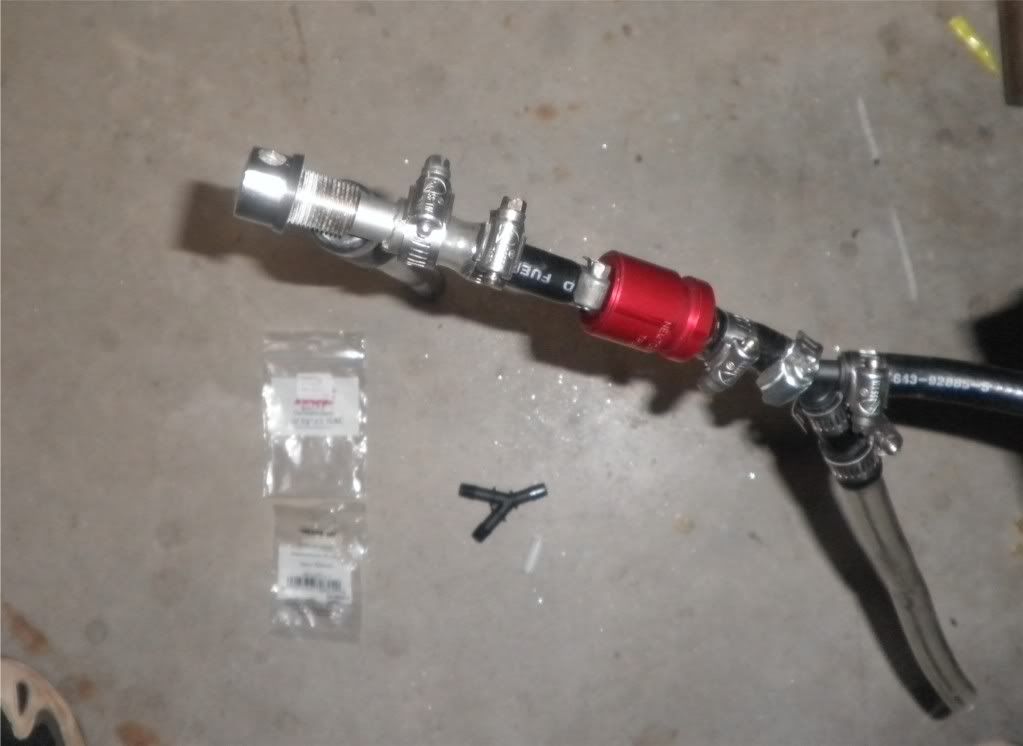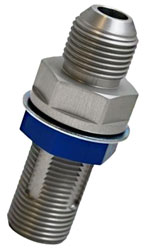When I make right turns, my fuel vent line spills a little fuel on the payment. I routed my fuel vent hose as high as possible and over to the opposite side of the tank and then it exits thru a hole in the pan. The hose is run at an angle so any fuel in the line flows back to the tank. This is an old school setup that prevents fuel from spilling in a rollover.
I don't think a fuel vent check valve will fix the "right turn" fuel spills. In the past, I've tried a loop in the vent hose, but that holds fuel and blocks the vent like the plumbing trap under a sink.
Any suggestions?
Bill - I just rerouted my vent line last night. Long story, but I also had my line looped - noted gas residue on my gas cap and weird mid-idle cruising surge. The light bulb went off - when I could barely remove my gas cap... vapor locked. My loop (plumbing trap!) was filled with fuel. I have re-routed my line as high up in the engine compartment and down. I bought a valve from Russell plumbing that I will modify but have not installed it yet. I'm going to try the new set-up first to see how much gas rides up that line. I originally had a straight NPT to AN fitting off the tank. This created a great smooth loop for the gas. I have now installed a 90* fitting to a 45* to go straight up the back engine bay panel, almost to the roof line. Test voyage later today. See the attached picture with yellow highlight for general hose route. -- Shark







